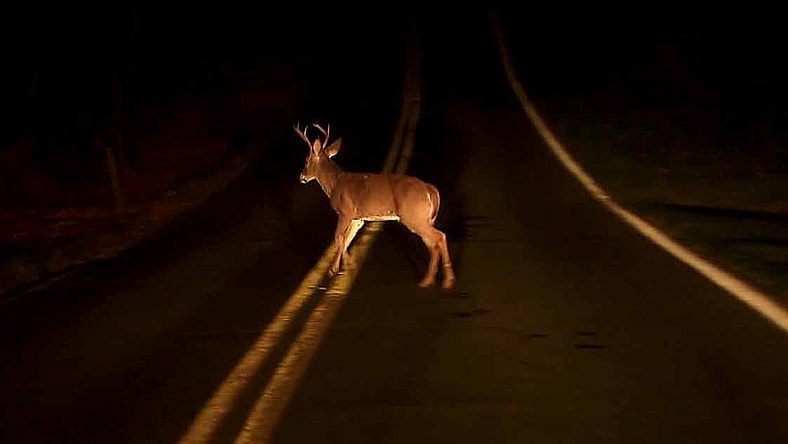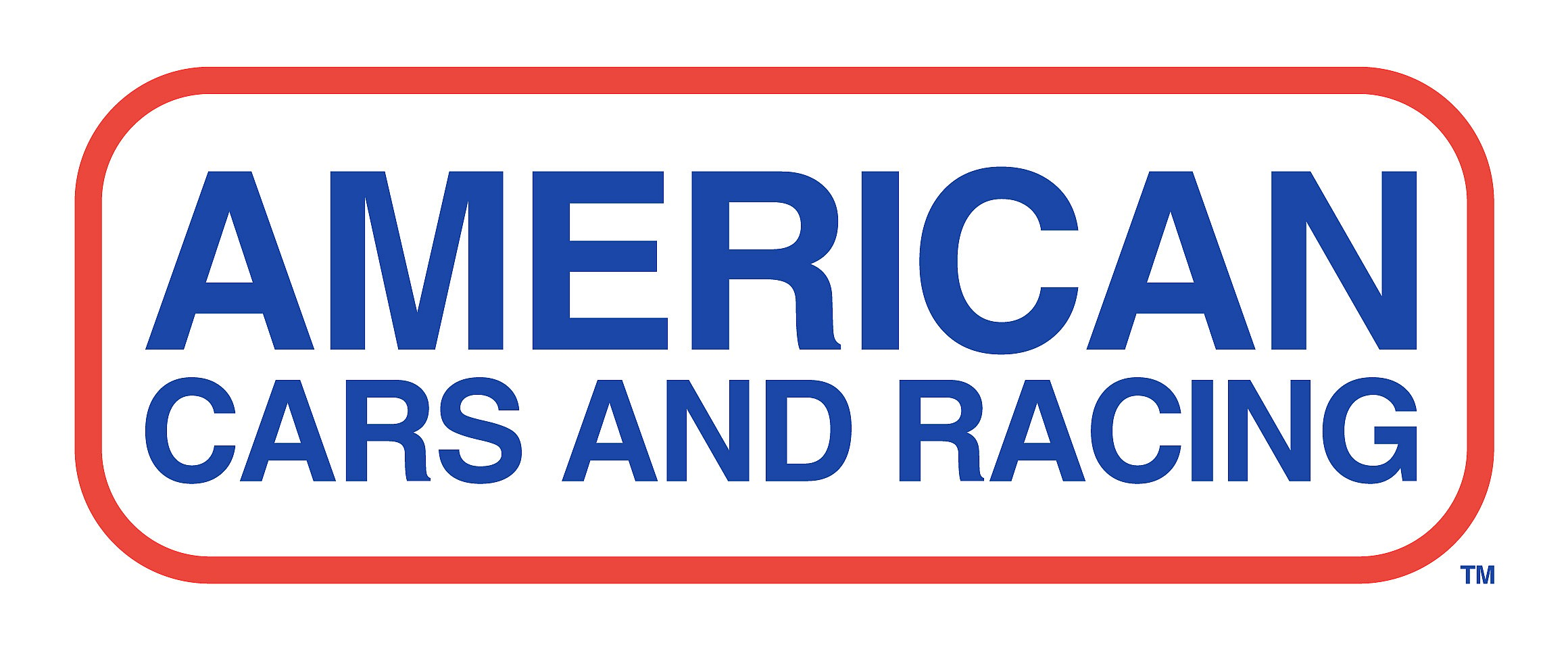Motoring Mystery: Deer Strikes Dropped Dramatically Last Year


The IIHS-HDLI (Insurance Institute for Highway Safety-Highway Loss Data Institute) is out with its annual warning that November is the worst month for deer and animal strikes.
Data from 2013 to 2022 shows the number of accidents double during the month, while August sees the lowest number.
The IIHS-HDLI doesn’t have specifics on the type of animals involved in each incident, but the month coincides with mating season for deer and severity of reported crashes suggest they largely involve deer.
But an odd thing happened last year.
TESLA CYBERTRUCK WRECKED IN ROLLOVER CRASH — SEE HOW IT HELD UP
When the accident average dropped from 14.1 per 1,000 insured vehicle years in 2019 to 12.6 per 1,000 in 2020, it was assumed a reduction in driving due to the coronavirus pandemic was the driving force.
This was supported by the fact that the figure increased to a more normal 13.6 per 1,000 in 2021 as more Americans returned to the roads. But it fell again in 2022 to 11.9 per 1,000, despite there being even higher levels of traffic, and the organization isn’t sure why.
MORE AUTO SAFETY NEWS FROM AMERICAN CARS AND RACING
“This is a real head-scratcher,†Matt Moore, senior vice president of HLDI, said in a press release on the study. “Originally, we thought we might get a big spike in November 2021, thinking more deer might have survived the 2020 season. Maybe an increase in hunting prevented that from happening. But that doesn’t explain the drop in 2022. It might be related to changes in commuting patterns as people continue to work from home, or we might just be seeing variations in the data. Time will tell.â€
Regardless of the reasons, the organization advises being extra vigilant when driving through known deer habitats as accidents with the large animals can be dangerous and expensive, with typical November claims around $4,600.
While all states have deer, the most November animal strike claims occur in West Virginia, Iowa, South Dakota and Pennsylvania, with West Virginia’s average rate at 44.1 per 1,000 insured vehicle years.
